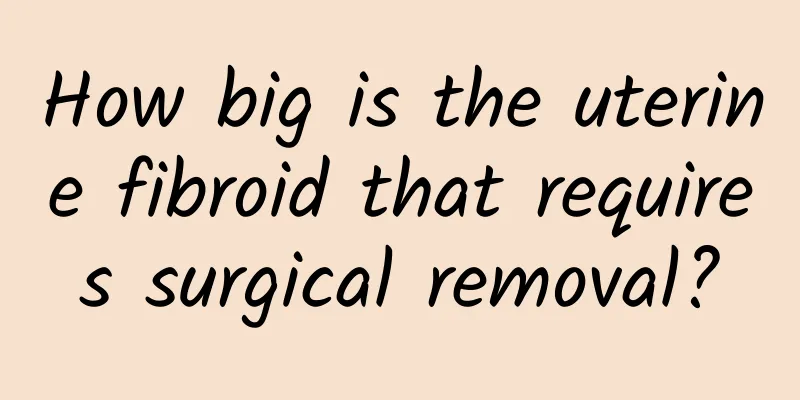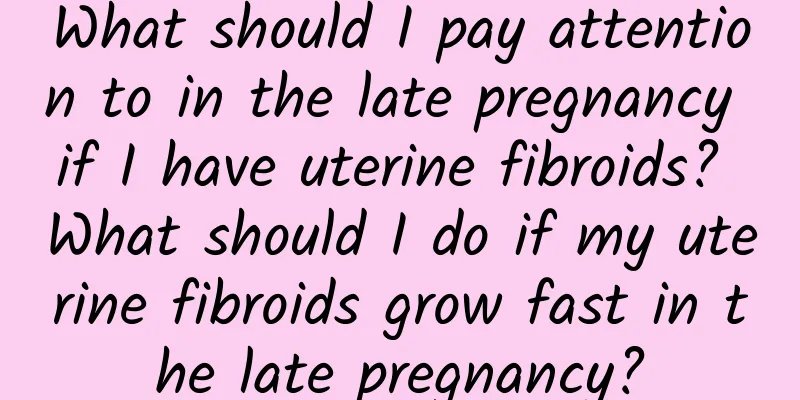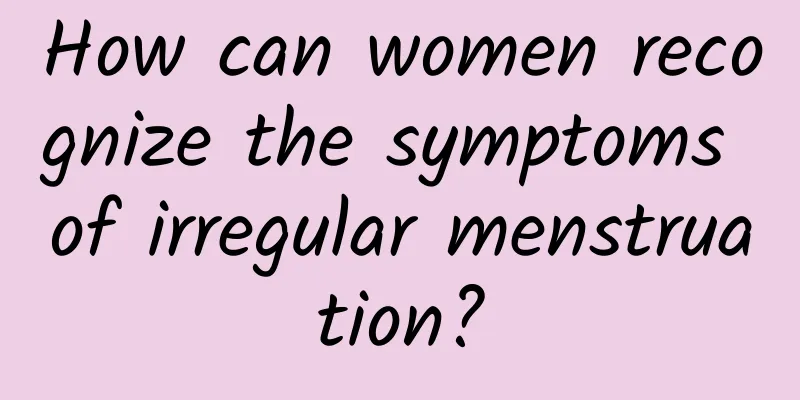How big is the uterine fibroid that requires surgical removal?

|
There is no absolute limit to how big a uterine fibroid must be surgically removed. It is generally believed that when the diameter of a uterine fibroid exceeds 5 cm, surgical removal should be considered. This is because larger uterine fibroids may cause a series of symptoms, such as changes in the menstrual cycle, prolonged menstruation, and constipation, which may seriously affect the patient's quality of life. Whether to perform surgical resection requires comprehensive consideration of multiple factors, including but not limited to the patient's age, fertility needs, location of the fibroids, severity of symptoms, and health status. For example, for asymptomatic uterine fibroids, even if their diameter exceeds 5cm, immediate surgery is not necessarily required. On the contrary, for cases with obvious symptoms or rapid enlargement of the fibroids and a tendency to malignant transformation, timely surgery may be required even if the fibroids are small. There are also many options for surgical resection, such as myomectomy, hysterectomy, etc. The specific surgical method to be chosen needs to be determined based on the patient's specific situation. Whether to perform surgical resection requires comprehensive consideration of multiple factors, including but not limited to the patient's age, fertility needs, location of the fibroids, severity of symptoms, and health status. For example, for asymptomatic uterine fibroids, even if their diameter exceeds 5cm, immediate surgery is not necessarily required. On the contrary, for cases with obvious symptoms or rapid enlargement of the fibroids and a tendency to malignant transformation, timely surgery may be required even if the fibroids are small. There are also many options for surgical resection, such as myomectomy, hysterectomy, etc. The specific surgical method to be chosen needs to be determined based on the patient's specific situation. There is no fixed standard for how big a uterine fibroid must be to be surgically removed. It is necessary to consider multiple factors to decide. If you have any concerns or symptoms of uterine fibroids, it is recommended to consult a professional doctor in time to get personalized treatment advice. At the same time, you should also pay attention to maintaining good living habits in your daily life to prevent the occurrence and development of uterine fibroids. |
<<: How long does menopause usually last?
>>: Precautions after painless abortion
Recommend
What are the differences between spontaneous abortion and menstruation?
Spontaneous abortion and menstruation can be dist...
Do you know the causes of pelvic inflammatory disease?
Do you know the cause of pelvic inflammatory dise...
Do you know the dangers of pelvic inflammatory disease?
According to the survey, many female friends suff...
How painful is semi-painless abortion?
How painful is semi-painless abortion? In fact, t...
What are the symptoms of hyperprolactinemia?
Hyperprolactinemia has a high probability of occu...
The headline "Nearly half of abortion patients are minors" is misleading
On May 19, Chen Yijun, a professor at the Chinese...
How long does it take to cure early cervical warts?
Since some patients do not have obvious symptoms ...
Can suppositories be used to treat cervical erosion during breastfeeding?
Can suppositories be used to treat cervical erosi...
What are the causes of irregular menstruation in women?
What are the causes of irregular menstruation in ...
Eat like this after exercise and you will lose weight! The key code is here...
How to eat after exercise without getting fat? Do...
How to regulate diet for patients with pelvic peritonitis
Pelvic peritonitis is a common gynecological dise...
What is the reason for my daughter to have uterine fibroids? What is the reason for my little girl to have uterine fibroids?
What is the reason for my daughter to have uterin...
Do uterine fibroids need to be removed? How big should uterine fibroids be before they need to be removed?
If a woman finds symptoms related to uterine fibr...
5 secrets of a pretty nutritionist to maintain beauty!
Many people may be curious about what a nutrition...
Want to regain your metabolic flexibility? Reduce exposure to toxins in your daily diet and make good use of the 3 steps of ketogenic fasting
Now that you understand why you should restore yo...









